Many people face a diagnosis of lumbar region osteochondrosis.Symptoms of this disease: persistent pain in the lower back, as well as limited movements, loss of sensitivity, etc.In any case, it should be understood that this disease in the absence of treatment can lead to a extent of neurological complications.So what is the disease?What are her first signs?What treatment methods offers modern medicine?This information will be useful for each reader.
What is osteochondrosis?
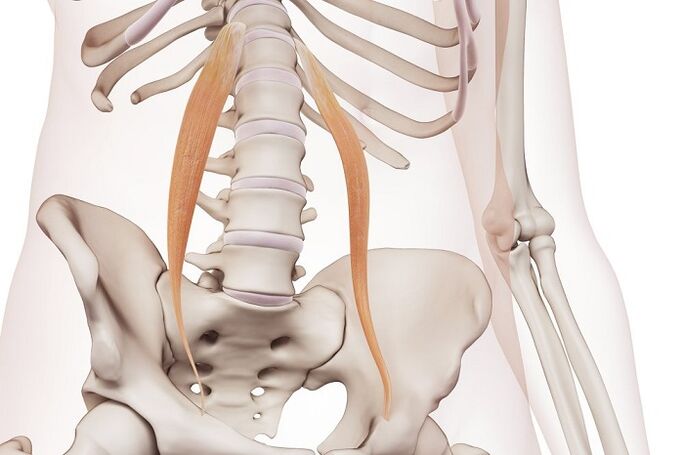
Osteochondrosis is a chronic progressive disease associated with degeneration of connective tissue and spinal bone.The process of pathological changes in the tissue begins on the intervertebral disc.This structure consists of a fibrous ring, within which there is a pulpic nucleus -similar to gel.
As a result of a violation of normal metabolism, a gradual drying of the nucleus occurs.Along with this, the changes are also observed in the fibrous ring: tears and cracks form in tissues, as a result of which the essence can go beyond.A similar process affects the state of the vertebrates because the vertebrae must resist heavy loads.Thus, not only the intervertebral discs, but also the vertebrae, ligaments and intervertebral joints are involved in the process.
As a rule, the disease begins at adulthood or in old age, although there are times when the disease was diagnosed in adolescents.By the way, lumbar osteochondrosis is the most common form of this disease.
Causes of the development of the disease
This pathology develops with a violation of normal metabolism and the presence of increased physical exercise.It is noteworthy that the degenerative process, as a rule, has begun under the influence of several factors immediately.So far, lumbar osteochondrosis is considered a multifactorial disease.Here are just the most common causes of degeneration.
- First of all, an inherited predisposition should be noted.The cause may be some of the congenital anatomical features of the skeleton and metabolic disorders, such as the wrong metabolism of the glycoproteins.
- Risk factors include flat feet, as with this pathology there is a redistribution of normal load on the back.
- In some cases, osteochondrosis develops against the background of spinal damage.
- Static loads can also be attributed to risk factors.For example, long stay or staying in an unpleasant position.
- Physical strain can also begin a degenerative process, especially when it comes to professional athletes.
- Often, the process takes place in obese people, as the spine, as well as the whole skeleton, gives itself increased loads.
The severity of lumbar osteochondrosis
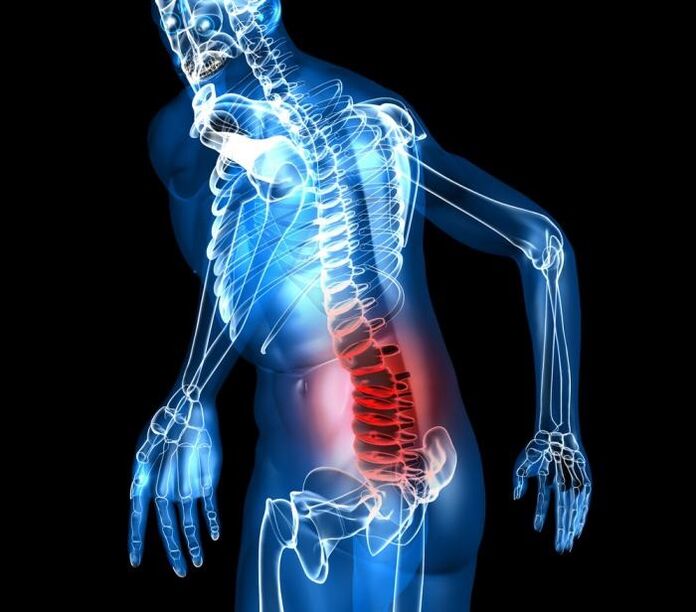
This disease develops gradually.So far, it is customary to distinguish four main degrees of osteochondrosis of the Lumbar region (some doctors release three).
- In the first phase, there is a gradual change and movement of the jacket within the intervertebral disc.
- Lumbar 2 -degree lumbar osteochondrosis is characterized by the destruction of the fibrous ring.
- In the third stage, as a rule, there is a rupture of the fibrous ring, as a result of which the gelatinous core is formed beyond its boundaries, so the hernia of the intervertebral disc is formed.
- The fourth stage of the disease is associated with degeneration of vertebrae, ligaments and joints, as a result of which spondillarose develops.
Lumbar osteochondrosis: Symptoms and description of the first stage of the disease
This stage of the disease is associated with irritation of the nerve fibers, which are in inter -roosmic ligaments and a fibrous ring.Therefore, the first sign of this disease is discomfort, stiffness and pain in the lumbar region.It is worth noting that the pain can be severe and shots (in medicine this symptom is called "lumbago") or, on the contrary, stupid but continuous (lumbalgia).
It is worth noting that due to irritation of nerve endings, the pain can also extend to tissues, organs or even organ systems.For example, in the event of violation of normal trophism and blood circulation in ligaments and tendons, the appearance of so -called enteropathies called in which connecting tissue changes and compacts in bone fixation sites.
Since quite often in patients, lumbosacral osteochondrosis is diagnosed, the pain can be applied to the spine and even give the lower extremities.Compression of nerve endings and small vessels leads to the development of violations in the tissues of the lower extremities.
The second degree of osteochondrosis and its signs
At this stage, some other signs of osteochondrosis of the lumbar region appear.The appearance of a certain instability between the vertebrates is observed, as a result of which the mobility of the vertebrae increases.
On the other hand, such a change leads to the appearance of constant and almost continuous tension of the lower back muscles.Patients complain not only about pain and discomfort, but also about constant muscle fatigue.
Clinical picture with the third degree of illness
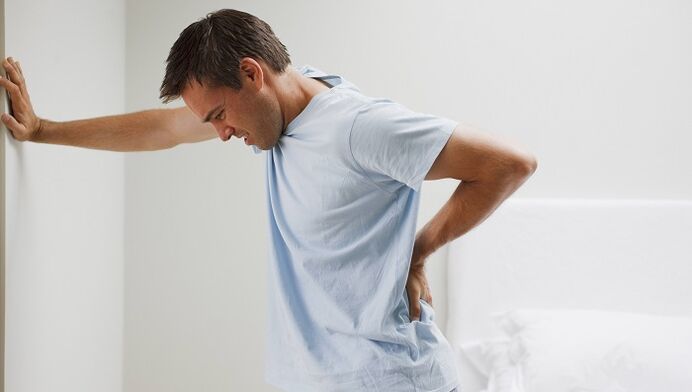
What signs in this case are associated with Lumbar's osteochondrosis?Symptoms during this period may be different.The fact is that damaged intervertebral discs begin to squeeze the nerve roots, which are accompanied by so -called "radical syndromes".
At the same time, patients disrupt the sensitivity of those areas that are internal from a compressed nerve.As a rule, at first there is a numbness and tingling light, but in the absence of treatment, complete loss of sensitivity may occur.This is often associated with a deterioration of motor activity, gradual muscle atrophy and sometimes complete paralysis.
By the way, based on the localization of such changes, we can assume which beads are affected by the disease.For example, if the change or loss of sensitivity is observed in the heel, and the pain gives the calf muscle, it is likely that the patient will have lumbosacral osteochondrosis.
In some patients, the so -called "horse tail syndrome" is observed, which is associated with the compression of the root pack, which develops in the lumbar and sacral section of the spine.This condition is characterized by a violation of the motor function of the feet as well as different disorders from the pelvic organs.
Lumbar osteochondrosis: Fourth phase symptoms
At this stage, all intervertebral joints and ligaments are already included in the process.Moreover, there is an intervertebral disc fibrosis, in which all its elements are replaced by a dense scar fabric.
By the way, at this time, patients of patients can improve.But the mobility of the spine, lower back and legs is very limited.
Modern diagnostic methods
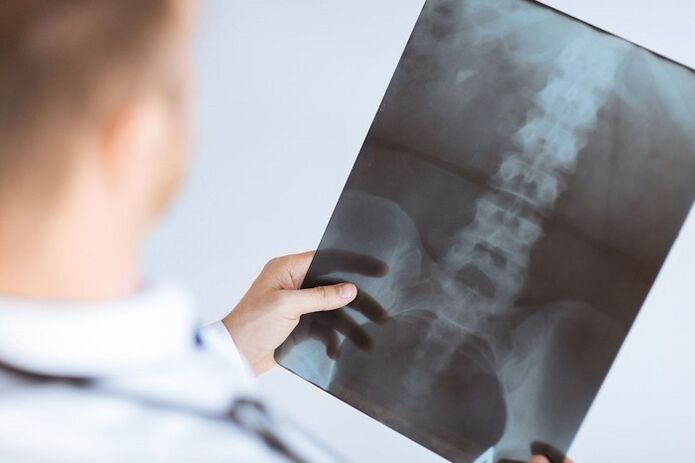
In the presence of constant pain and disturbance in the lower back, you should consult a doctor.Only a specialist can determine lumbar osteochondrosis of the spine.Diagnosis in this case includes several stages.
To begin with, the doctor will perform a general examination, control the reflexes, the presence of radical syndromes, as well as the degree of mobility, etc.It is necessary to collect a complete story, as in this case it is important not only to make a diagnosis, but also to determine the cause of the development of a degenerative process.
Laboratory methods of diagnosis in this case do not matter much.Therefore, the patient is mainly directed to spinal radiographs.X -Rry pictures allow you to see the narrowing of the intervertebral cleft, as well as determine the presence of growth and bone seals on the surface of the vertebra.
For a more accurate assessment of the patient's condition, magnetic resonance and also calculated tomography, these studies give a clearer picture of degenerative changes in the back.
What complications is the disease associated?
In no case should this disease perceive this frivolous disease.In the absence of timely therapy, the patient will have to face not only pain and restriction of mobility but also with more serious consequences.
In particular, degeneration of the intervertebral discs leads to the formation of a hernia.Moreover, the compression of the nerve roots affects the work of many organs, including urinary, sexual and sometimes digestive systems.In some cases, the disease leads to complete paralysis of the lower extremities and muscle atrophy.Changes in osteochondrosis are practically irreversible, so it is extremely important to start time therapy.
Treatment of osteochondrosis drugs
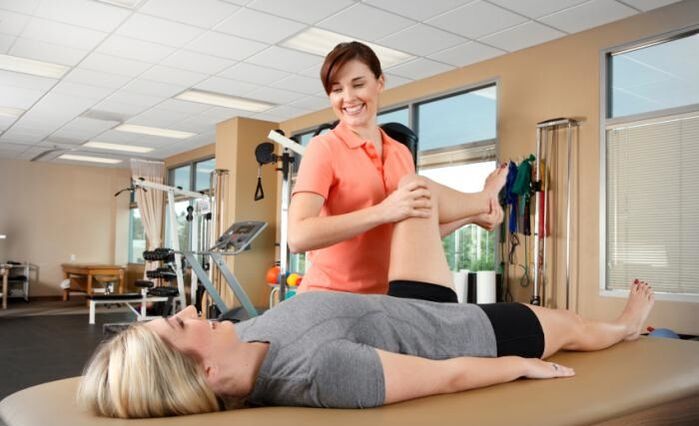
Only the doctor knows how to treat lumbar osteochondrosis.With such a disease, therapy is selected individually, as it depends on many factors, including the individual characteristics of the patient's body.In any case, it should be understood that the treatment of osteochondrosis is a long and complex process.
Of course, patients are prescribed for some medicines.Most often, this disease is used below.
- In the initial stages for treatment, chondroprotectors - medicines that inhibit the process of degeneration of the cartridge tissue.
- In the second phase, treatment of lumbosacral osteochondrosis may include the use of anti-inflammatory drugs that eliminate pain and inflammatory process.
- Muscle spasms are eliminated with muscle relaxing.
- Local anesthesia is used for severe pain.For example, the pain is blocked with injections of pain sedatives.
- Elderly patients are recommended to receive multivitamine complexes.
- Therapy also includes vasodilating drugs that improve blood circulation and tissue trophies.
Other methods of conservative treatment
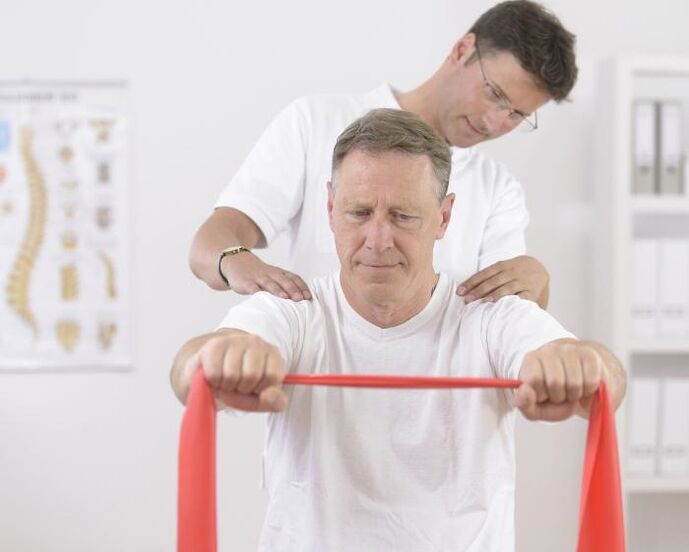
Of course, it is impossible to get rid of the disease with the help of medicines alone.Treatment of lumbosacral osteochondrosis involves other measures.In particular, a therapeutic massage gives a positive effect.Regular sessions help eliminate muscle spasm and improve blood circulation in the tissue.
Gymnastics with lumbar osteochondrosis is extremely important.The group of exercises is chosen by the doctor or physiotherapist attending.Physical education helps restore mobility, improve blood circulation, eliminate pain.Of course, the classes must be regular.On the other hand, in the presence of acute pain, physical activity is contraindicated, during this period the patient needs strict bed rest and wearing a special corset, which relieves the load from the spine.
In addition, some methods of physiotherapy are also used.In particular, ultraviolet radiation is considered quite effective (eliminates spasm and pain), magnetotherapy, laser therapy, electrophoresis (help relieve inflammation and pain) as well as the treatment of balne.
When is surgical intervention needed?

Unfortunately, not in all cases, conservative treatment is possible, especially if the patient has a diagnosis of intervertebral hernia.Indications for surgical intervention are also "bone tail" syndrome, as well as severe compression of the nerve roots.
So far, there are many techniques for such operations.Most often, called microsurgical, as well as endoscopic procedures, are also performed to eliminate pressure on the blood vessels and nerves.


















